
Understanding Shoulder Arthritis:
Diagnosis, Treatment, and Advanced Care Options
-
What Is Shoulder Arthritis?
Shoulder arthritis is a degenerative condition that affects the smooth cartilage lining of the shoulder joint, causing pain, stiffness, and reduced range of motion. Dr. Reza Jazayeri specializes in both non-surgical and surgical treatment options to help patients regain comfort and shoulder function.
-
It Most Commonly Affects:
- The glenohumeral joint (ball-and-socket joint of the shoulder)
- The acromioclavicular (AC) joint (where the collarbone meets the shoulder blade)
The most common form is glenohumeral osteoarthritis, typically seen when the rotator cuff muscles and tendons are still intact. In these cases, if surgery is needed, a standard anatomic shoulder replacement may be recommended.
In contrast, when arthritis is caused by a long-standing rotator cuff tear, it leads to a condition called rotator cuff arthropathy. This alters joint mechanics and stability, and the best treatment is usually a reverse total shoulder replacement.
-
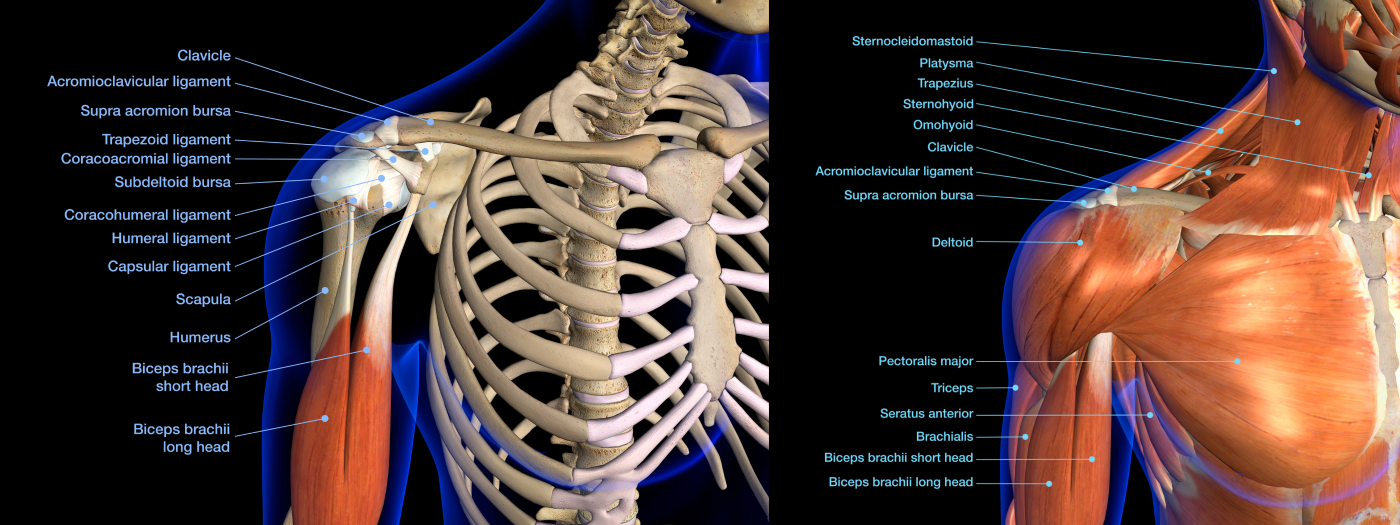
Shoulder Anatomy Basics:
The shoulder is a ball-and-socket joint made up of 3 bones:
- Humerus (arm bone)
- Scapula (shoulder blade)
- Clavicle (collarbone)
Cartilage covers the joint surfaces, allowing smooth movement.
Surrounding structures, like the rotator cuff muscles and tendons, labrum, and joint capsule, are essential for stability and function.
-

Symptoms of Shoulder Arthritis
Patients may experience:
- Persistent or worsening shoulder pain
- Stiffness and difficulty with overhead motion
- Grinding or clicking sounds in the joint
- Loss of strength and range of motion
- Discomfort during rest or at night
Dr. Jazayeri’s Comprehensive Approach
Dr. Jazayeri provides a tailored, stepwise approach to managing shoulder arthritis, beginning with non-surgical options. Surgery is rarely the first recommendation. The focus is on restoring function and relieving pain using a strategy suited to the severity of your condition.

Non-Surgical Options:
-
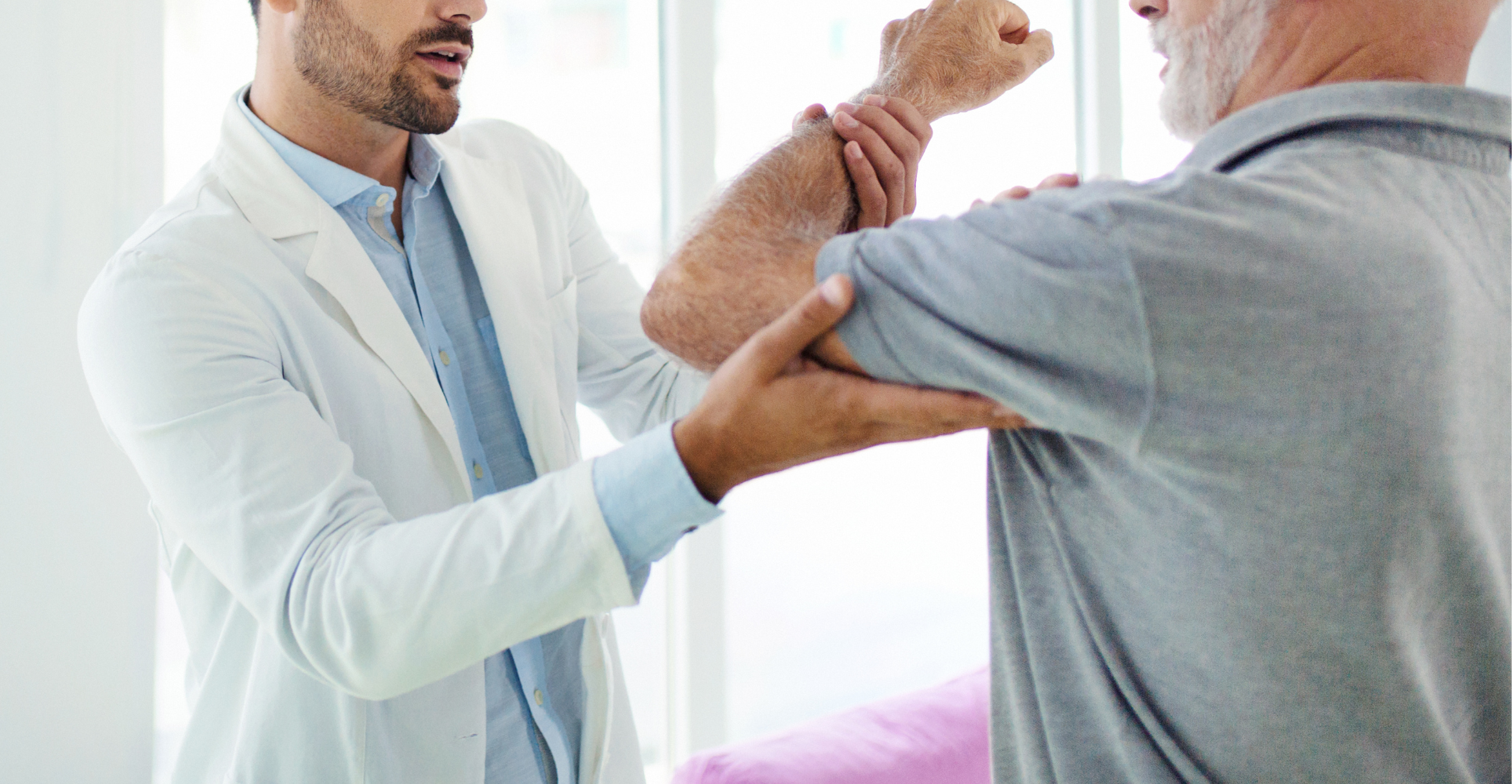
A. Physical Therapy:
Targeted exercises to maintain strength, flexibility, and shoulder mechanics.
-
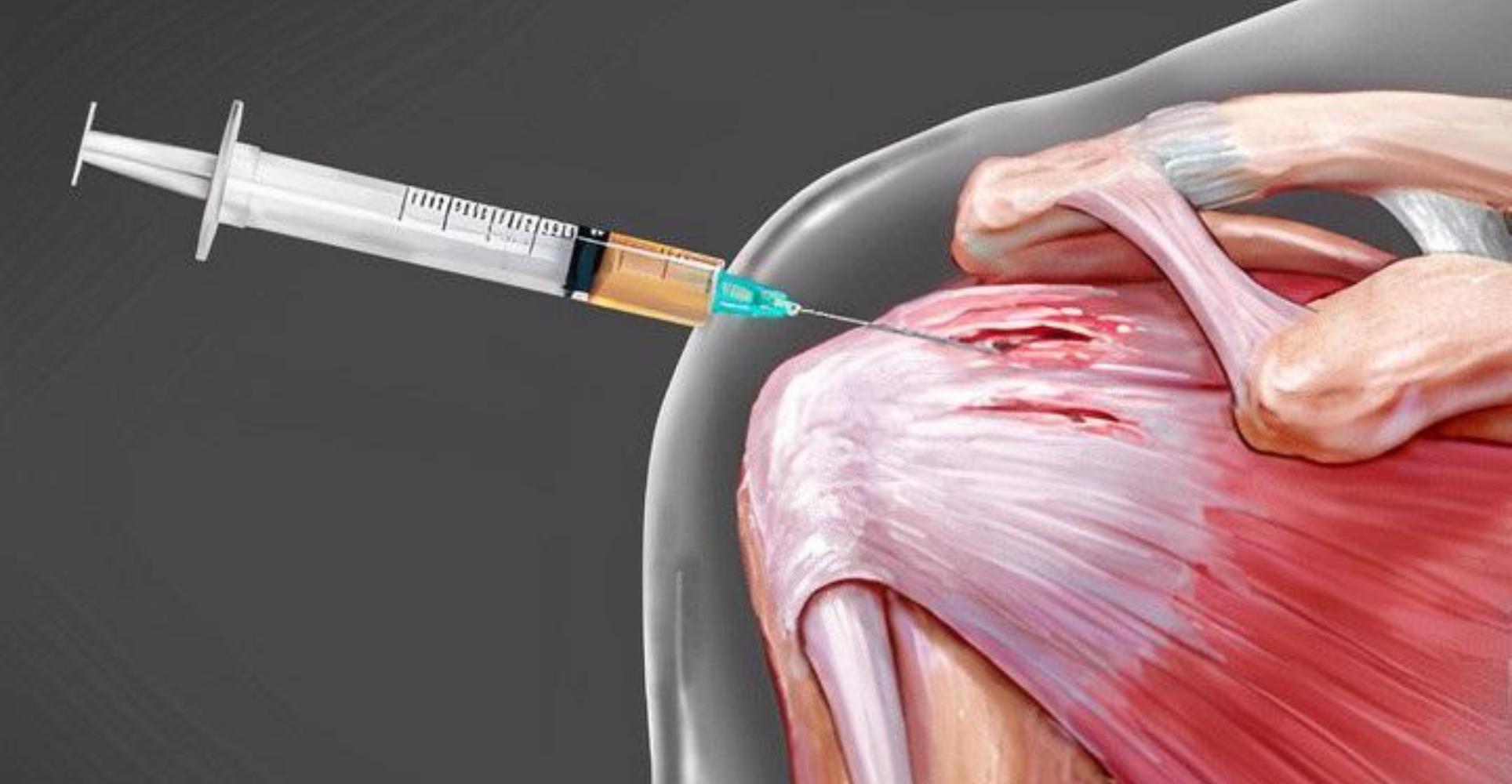
B. Injections:
- Corticosteroids for inflammation and pain relief
- Viscosupplementation (hyaluronic acid) may provide joint lubrication
- Orthobiologics/ Platelet-Rich Plasma (PRP)*
- Orthobiologics/ Bone Marrow Aspirate Concentrate (BMAC)*
*Especially when soft tissue involvement (rotator cuff, labrum, capsule) is present without significant arthritis.
Surgical Options (Minimally Invasive / Arthroscopic):
-

1. Arthroscopic Debridement and Comprehensive Arthroscopic Management (CAM)*
Arthroscopic debridement is a minimally invasive surgical technique used to treat early-stage or mild shoulder arthritis. The procedure involves inserting a small camera and instruments into the joint through keyhole incisions to remove inflamed synovial tissue, loose bodies, and frayed cartilage. The joint surfaces are smoothed, and any mechanical irritation is addressed, which can help reduce pain and improve motion.
For more complex cases that still fall short of requiring joint replacement, Comprehensive Arthroscopic Management (CAM) may be considered.
-
*The CAM procedure involves a multi-step arthroscopic approach that may include:
- Capsular release to improve range of motion.
- Synovectomy to remove inflamed lining.
- Chondroplasty to smooth damaged cartilage.
- Removal of osteophytes (bone spurs).
- Subacromial decompression to relieve impingement.
- Distal Clavicle Excision (Mumford Procedure) removes the end of the collarbone to relieve AC joint pain and preserve shoulder motion.
- Biceps tenodesis or/ labral treatment if pathology is present.
The CAM procedure aims to reduce pain, improve function, and delay or avoid the need for arthroplasty. This approach is typically suited for younger, active patients with moderate arthritis who have preserved joint space and good rotator cuff integrity, and who may benefit from joint preservation rather than replacement.
Shoulder Arthroplasty (Replacement): In advanced cases, replacing the ball and socket can significantly improve function and relieve pain.
-

2. Anatomic Shoulder Replacement:
What to Expect with an Anatomic Shoulder Replacement? Click herePreserves the natural alignment of the shoulder and is typically used when the rotator cuff is intact.
In standard shoulder replacement, surgeons replace the ball at the top of the arm bone (humerus) with a metal ball, and the socket of the shoulder blade (scapula) with a plastic socket. However, this technique doesn’t work well when the rotator cuff is damaged, as it may lead to loosening of the implants.
-
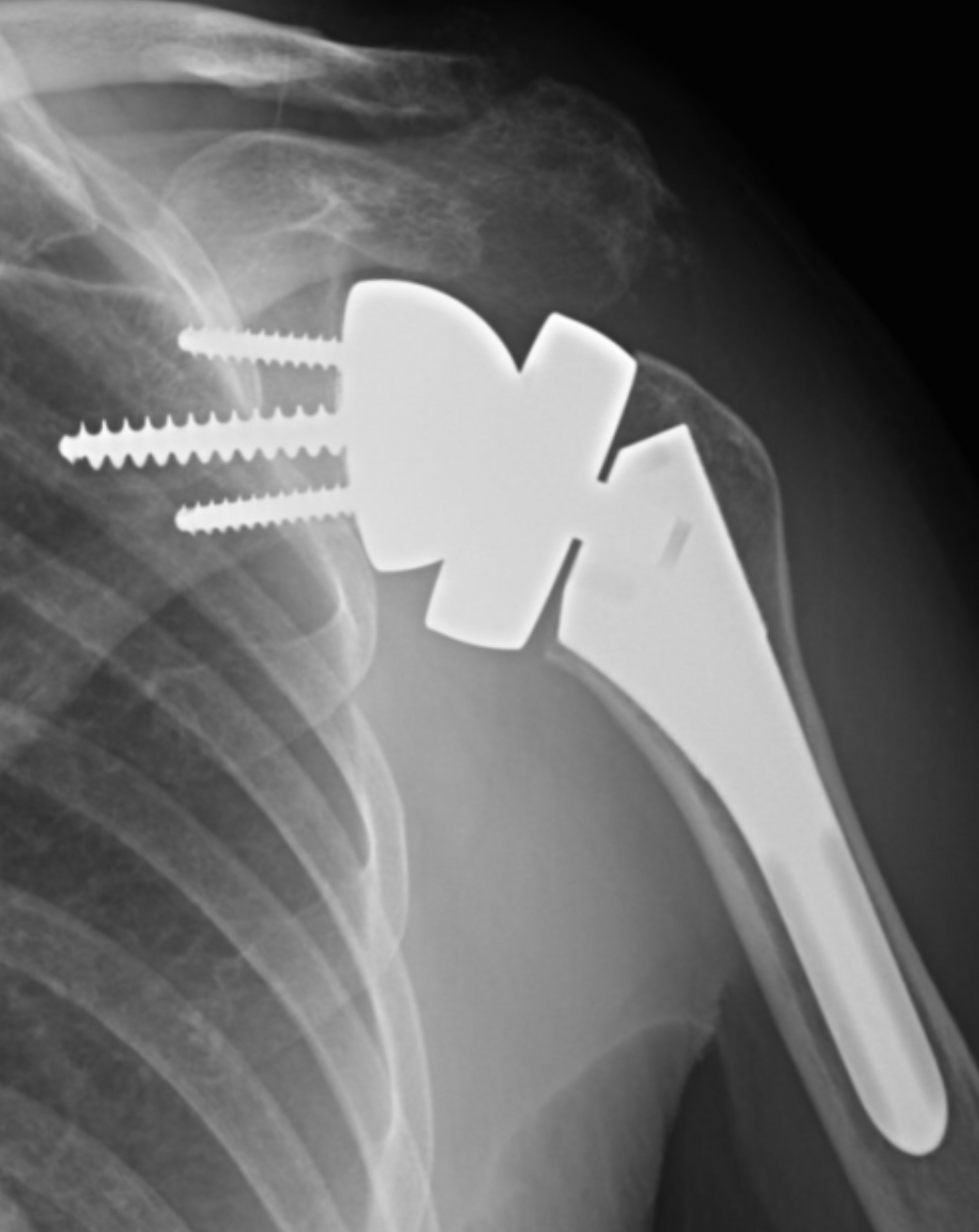
3. Reverse Shoulder Replacement:
What to Expect with a Reverse Shoulder Replacement? Click hereDesigned for cases with rotator cuff deficiency or significant bone loss. The positions of the ball and socket are reversed to allow other muscles (like the deltoid) to compensate for the damaged rotator cuff.
When the rotator cuff is torn, it weakens the shoulder joint and can lead to shoulder arthritis over time. This specific type of arthritis caused by a long-standing rotator cuff tear is called rotator cuff arthropathy.
The reverse shoulder replacement ‘flips’ the design:
- The metal ball is placed on the shoulder blade (glenoid)
- The plastic socket is placed on the top of the arm bone (humerus)
- This reversed configuration allows the deltoid muscle, the large muscle on the outer shoulder, to take over much of the function normally performed by the rotator cuff, improving both movement and joint stability.
Comprehensive® Reverse Shoulder System Augmented Baseplate ~ Zimmer Biomet
Individualized Planning and Technology:
Dr. Jazayeri approaches surgery the same way elite athletes prepare for competition. The healthier, stronger, and more optimized your body is before surgery, the better your recovery and long-term outcome.
This structured, evidence-based approach ensures your body is fully prepared—physically, metabolically, and nutritionally—to achieve the best possible results from surgery.
-

Comprehensive Evaluation
- Physical exam and muscle strength testing
- X-rays to assess bone structure and joint condition
- MRI to evaluate soft tissues like the rotator cuff
- CT scans (if needed) for detailed bone and implant planning
-
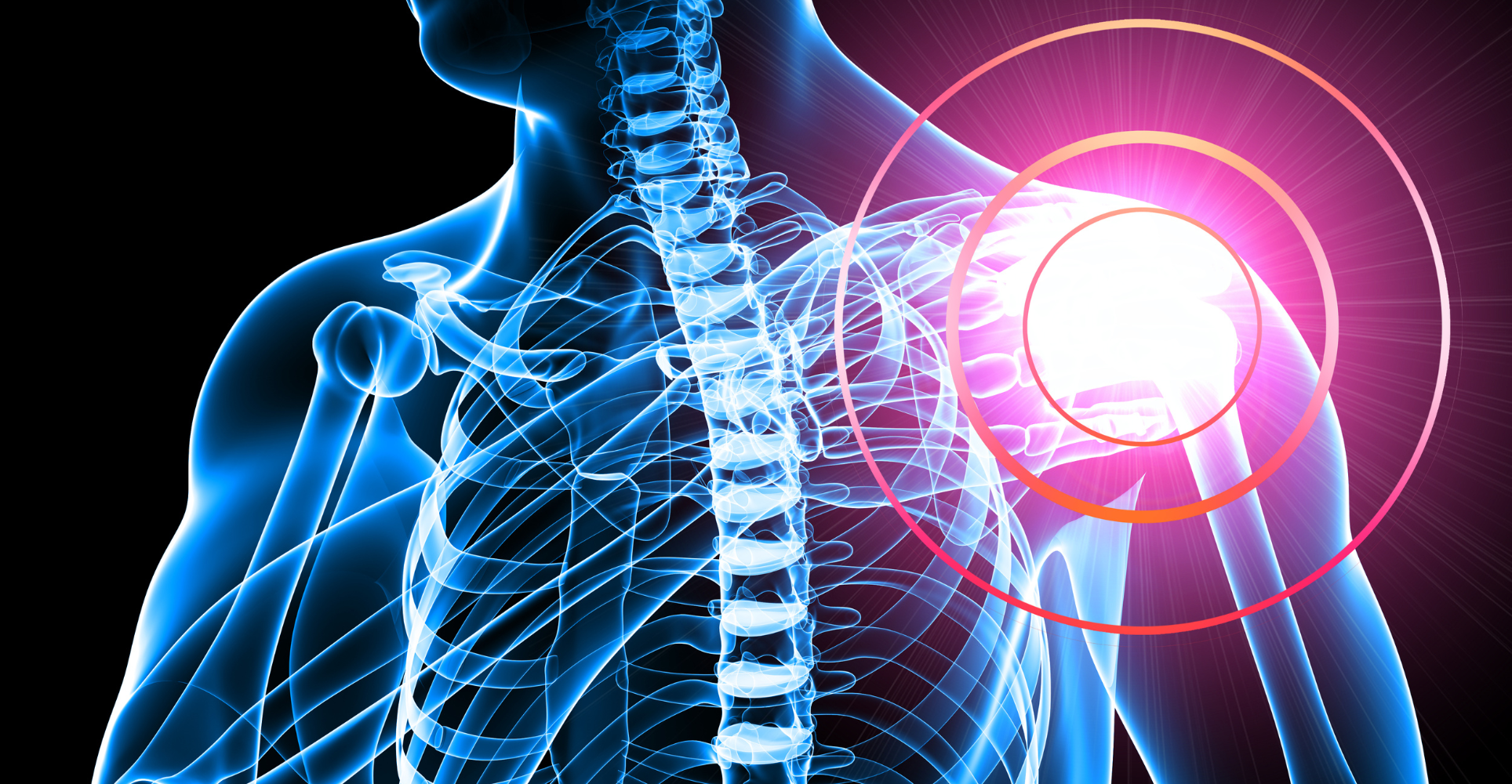
Personalized Surgical Planning
- 3D preoperative software used to plan implant placement
- Selection between anatomic or reverse shoulder replacement based on your specific needs
- Intraoperative tools may include:
- Navigation systems
- Patient-Specific Instrumentation (PSI)
- Custom implants for complex anatomy
-

Metabolic and Nutritional Optimization
- Preoperative lab testing for: Vitamin D, inflammatory markers, hormone levels, and muscle status
- Correction of nutritional deficiencies
- Targeted supplements (e.g., amino acids, vitamin D) to support healing and reduce recovery time
-
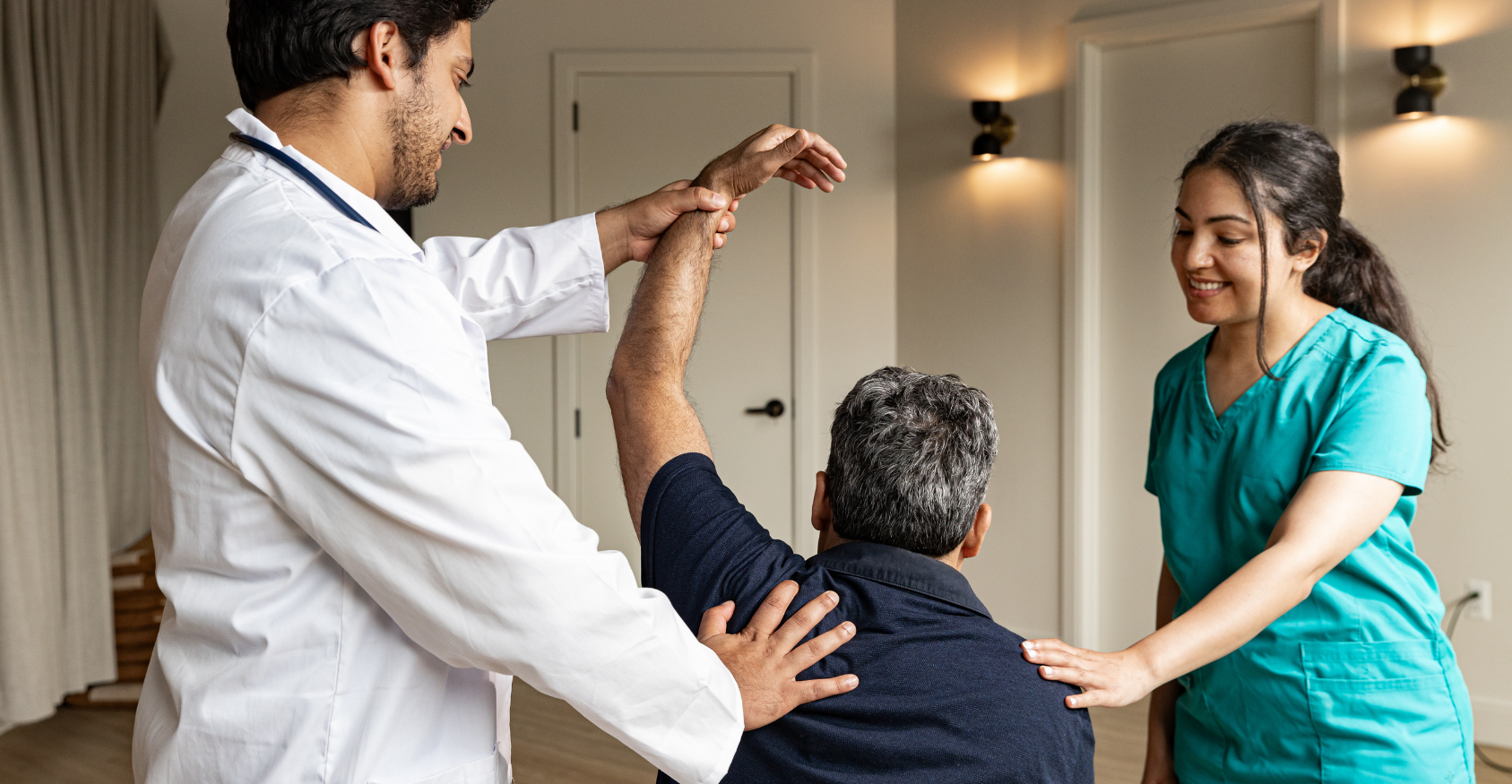
Outpatient Surgery
- Most procedures are performed same-day
- Allows for recovery at home
- Supports quicker return to activity and mobility
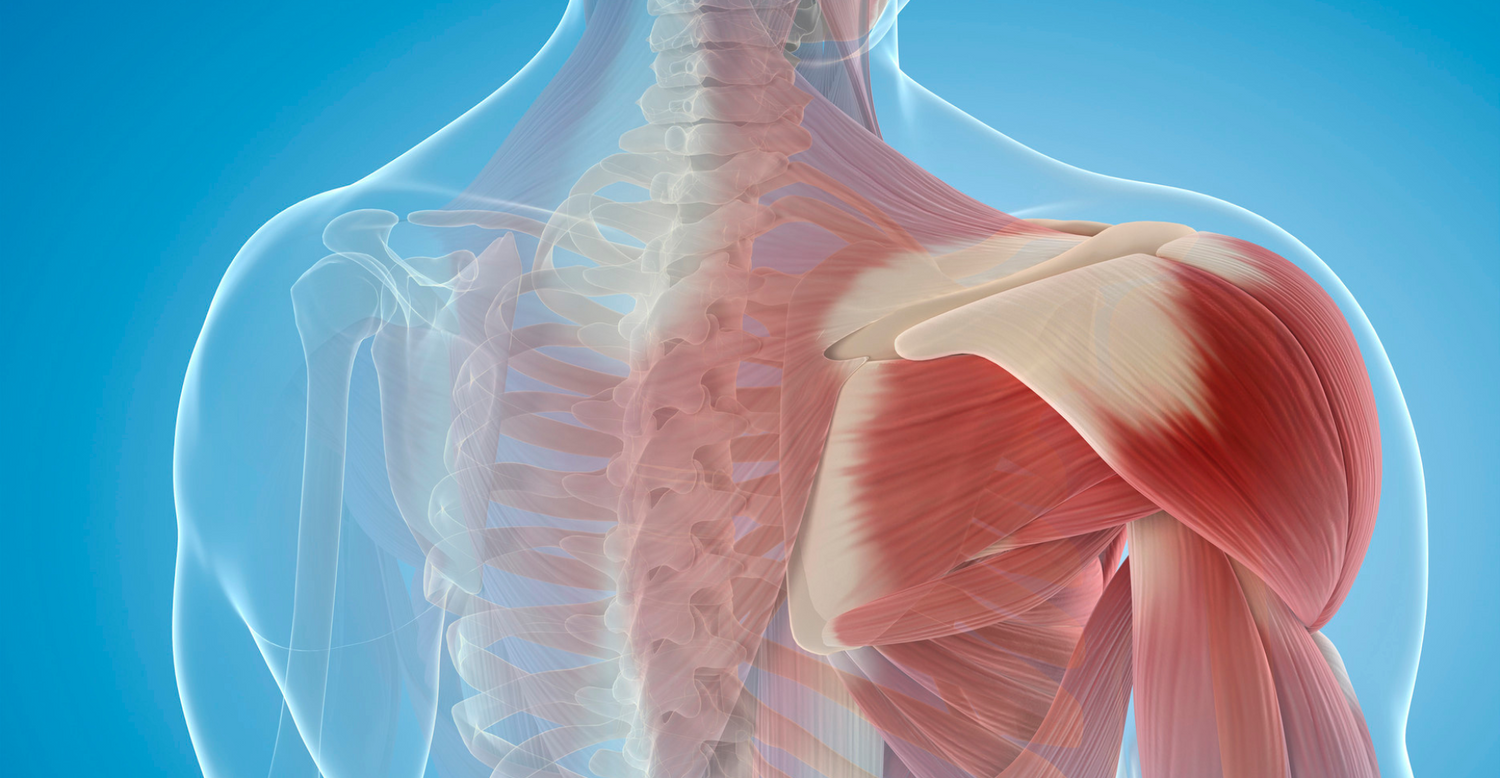
Contact us











